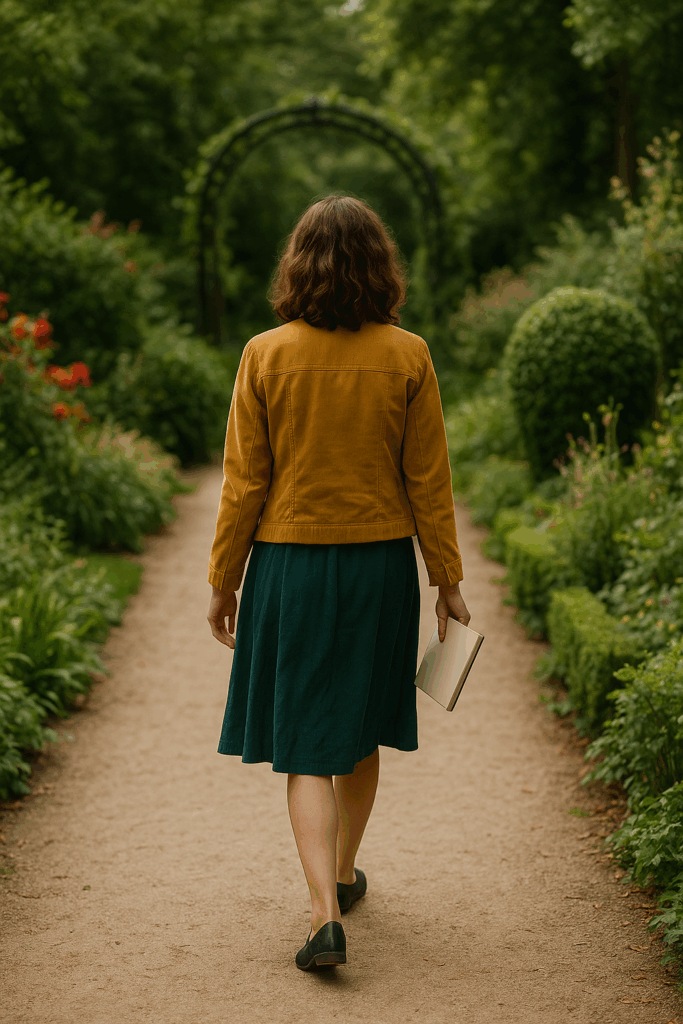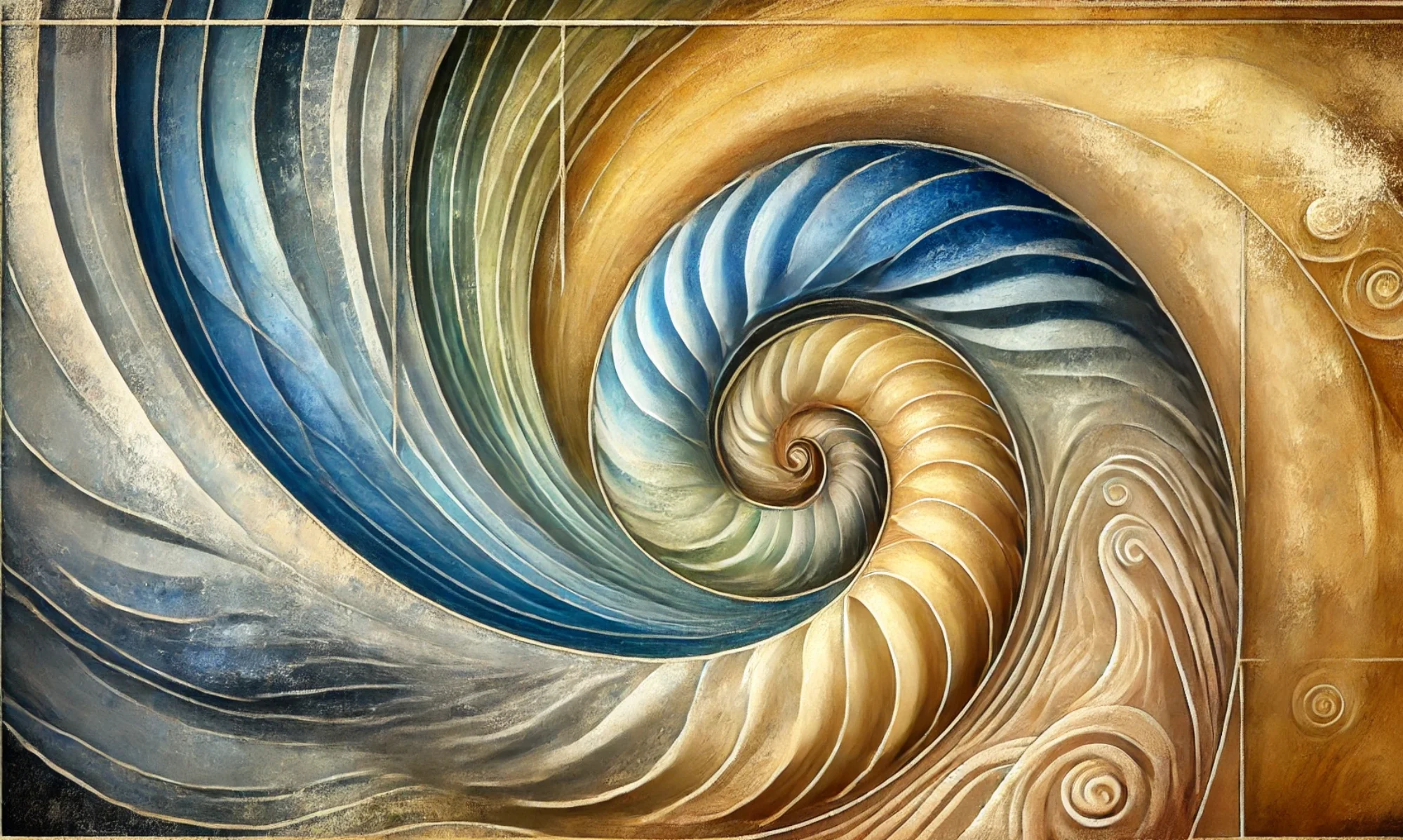A Spiritual Path to Higher Creativity

Rediscovering the Creative Self
First published in 1992, The Artist’s Way has become a classic in the field of creative recovery. Julia Cameron presents a 12-week process designed to help individuals reconnect with their creativity – particularly those who have become creatively blocked, discouraged, or disconnected.
More than a manual for artists, it’s a soulful invitation to live more imaginatively, with courage, awareness, and self-trust. Whether you’re a painter, writer, entrepreneur, or someone simply seeking to reignite a creative spark, Cameron’s approach is both practical and deeply affirming.
Morning Pages & The Artist Date
At the heart of Cameron’s method are two deceptively simple practices: Morning Pages and The Artist Date.
Morning Pages – a daily act of writing three longhand pages of unfiltered thought- serve as a kind of mental decluttering. They invite self-awareness, uncover limiting beliefs, and provide a safe container for emotional honesty.
The Artist Date, by contrast, is a weekly solo outing designed to nourish the inner artist-child – a practice in creative receptivity and joyful exploration. Taken together, these tools help nurture both discipline and delight in the creative process.
(As a note: like many readers, I found writing three pages every day unsustainable and settled into a practice of writing one A4 page each morning – still valuable, and more suited to my rhythm.)
Healing the Inner Critic
One of the most enduring gifts of The Artist’s Way is its compassionate approach to the wounded creative self. Cameron acknowledges that many of us carry shame, fear, or early messages that discouraged our creative impulses.
She helps readers name and challenge these internalised voices – the “Censor,” the “Shadow Artist,” the fear of being ‘self-indulgent’- and encourages small, loving acts of self-permission. In doing so, the book becomes not just a guide to artmaking, but a gentle form of emotional healing.
A Spiritual (Not Religious) Path
Although the language of “God” and “spiritual guidance” features throughout, Cameron is inclusive in her approach. Creativity is presented as a sacred force that flows through us when we align with openness and trust. Readers can interpret this metaphysically, psychologically, or poetically – making the book accessible to a wide range of beliefs.
For those who resonate with soulful living, inner growth, and creative wholeness, this framing may feel like a return to something long-forgotten: a deep inner wisdom, waiting patiently to be heard.
Who This Book Is For
The Artist’s Way is for anyone who longs to reconnect with creativity – not for career advancement or public recognition, but for the joy, clarity, and vitality it brings to everyday life.
It speaks to the person who secretly dreams of writing again, who yearns to draw or dance or sing, but doesn’t know how to begin. It’s also for those on a healing journey, where creative expression becomes a pathway back to self.
Final Reflections
More than three decades on, The Artist’s Way still feels radical – not because it offers new techniques, but because it gives permission. Permission to play, to make ‘bad art,’ to listen to the self, and to let creativity become a quiet devotional act. If you’re on a journey toward soulful purpose or inner alignment, this book may be a helpful companion – reconnecting you with the sacred, messy, luminous art of simply making.
This review is part of my Creative & Self-Expressive series – books that celebrate everyday creativity as a path to inner freedom, joy, and wholeness. Whether you’re nurturing a creative habit or simply longing to express yourself more fully, you’ll find gentle encouragement and soulful insight here.
If you’re drawn to living more creatively, you might also enjoy exploring the Creative and Expressive Alternative Archetypes – soulful guides for those whose purpose is found in making, imagining, and expressing.
